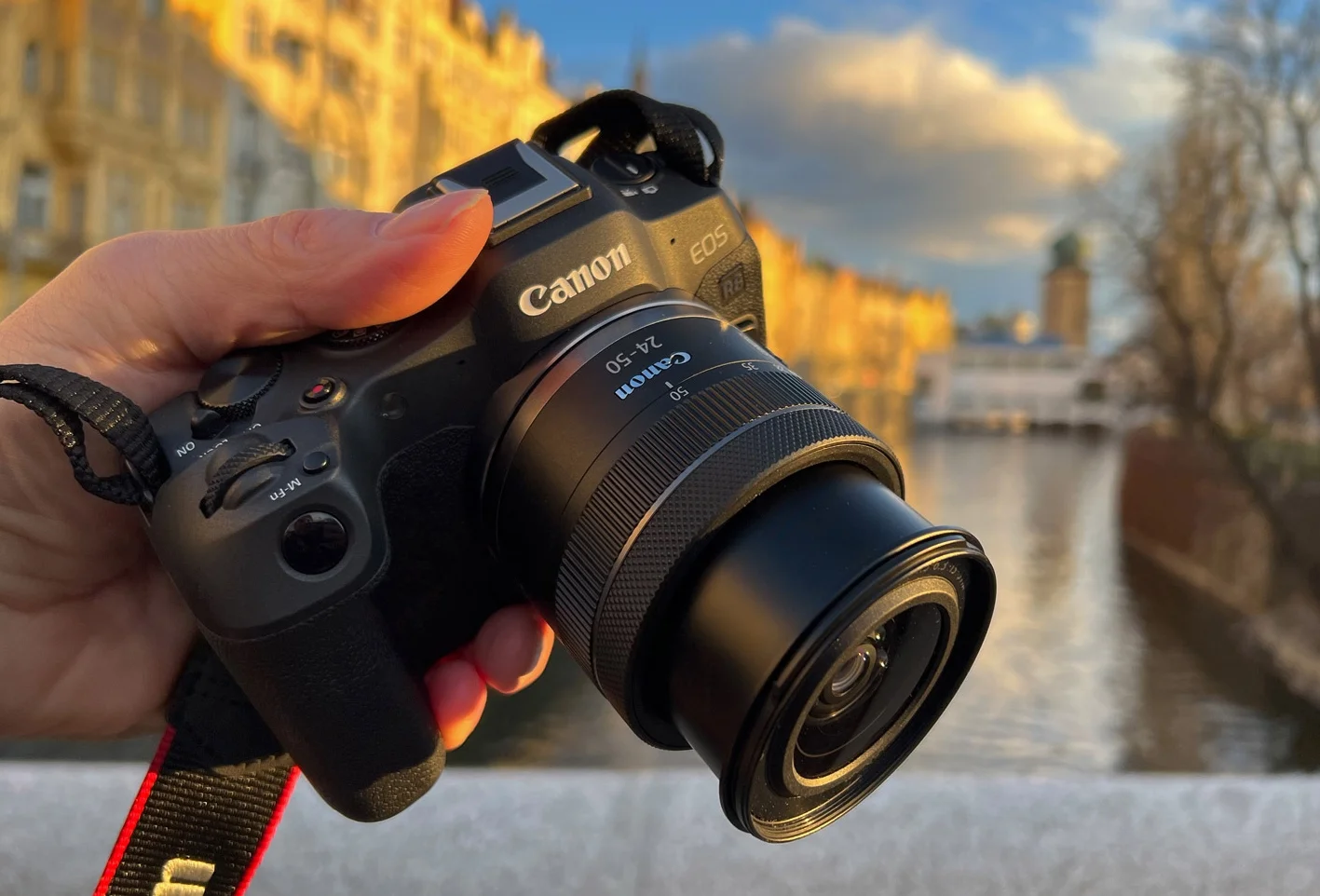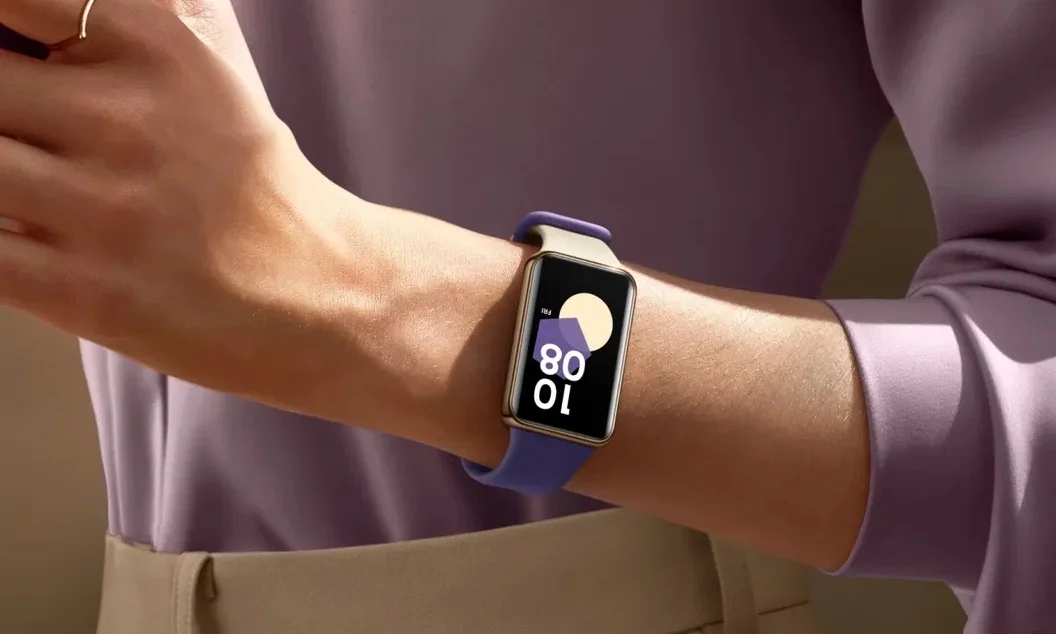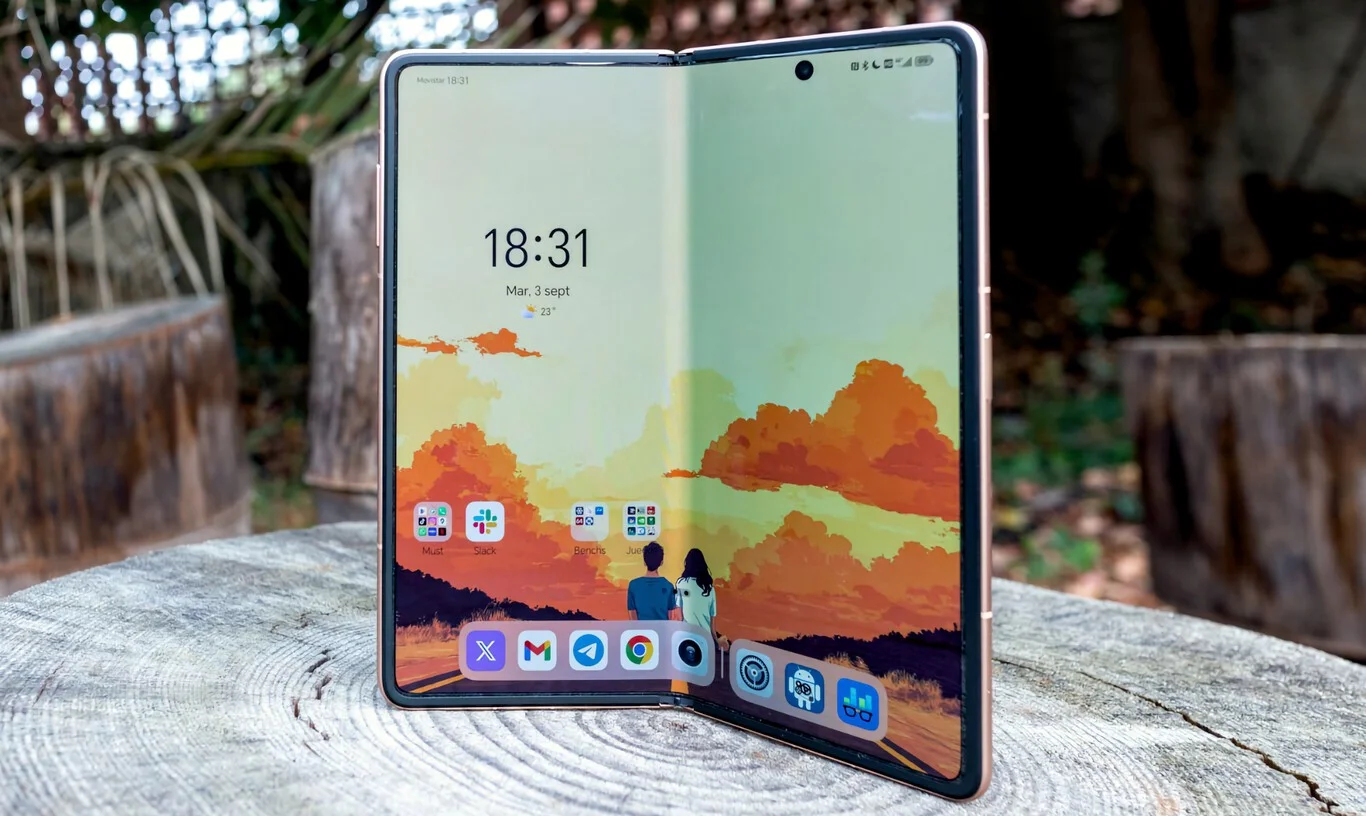Apple wants to convince us that the iPhone 16E is the ideal entry point to the iOS ecosystem in 2025, but does it really represent an improvement over the iPhone 14? Here we will clarify this doubt.
A “new” entry-level device that isn’t so new
With the launch of the iPhone 16E, Apple is reviving the idea of an “affordable” option within its latest lineup. But rather than innovating, it’s mostly recycling past technologies with minor aesthetic tweaks and updated software. This has left many users wondering: is it worth choosing the 16E over the iPhone 14, which is still a solid option, now cheaper, and nearly identical in capability?
In this article, we compare both models in-depth: design, performance, cameras, battery life, and the overall user experience they offer today.
Spec Comparison Table
| Feature | iPhone 16E (2025) | iPhone 14 (2022) |
|---|---|---|
| Display | 6.1” Super Retina OLED, 60 Hz | 6.1” Super Retina OLED, 60 Hz |
| Processor | A17 (optimized version) | A15 Bionic |
| RAM & Storage | 6 GB + 128/256 GB | 6 GB + 128/256 GB |
| Rear Cameras | Dual 12 MP (main + ultra wide) | Dual 12 MP (main + ultra wide) |
| Front Camera | 12 MP with Face ID | 12 MP with Face ID |
| Battery | ~3,300 mAh, 20W charging | ~3,279 mAh, 20W charging |
| Operating System | iOS 18 (7 years of support) | iOS 17 (upgradable to iOS 18) |
| Face ID | Yes (improved in low light) | Yes |
| USB-C | Yes | No (Lightning port) |
| Estimated Price (USD) | From $699 | From $549 |
Design: Same edges, different port
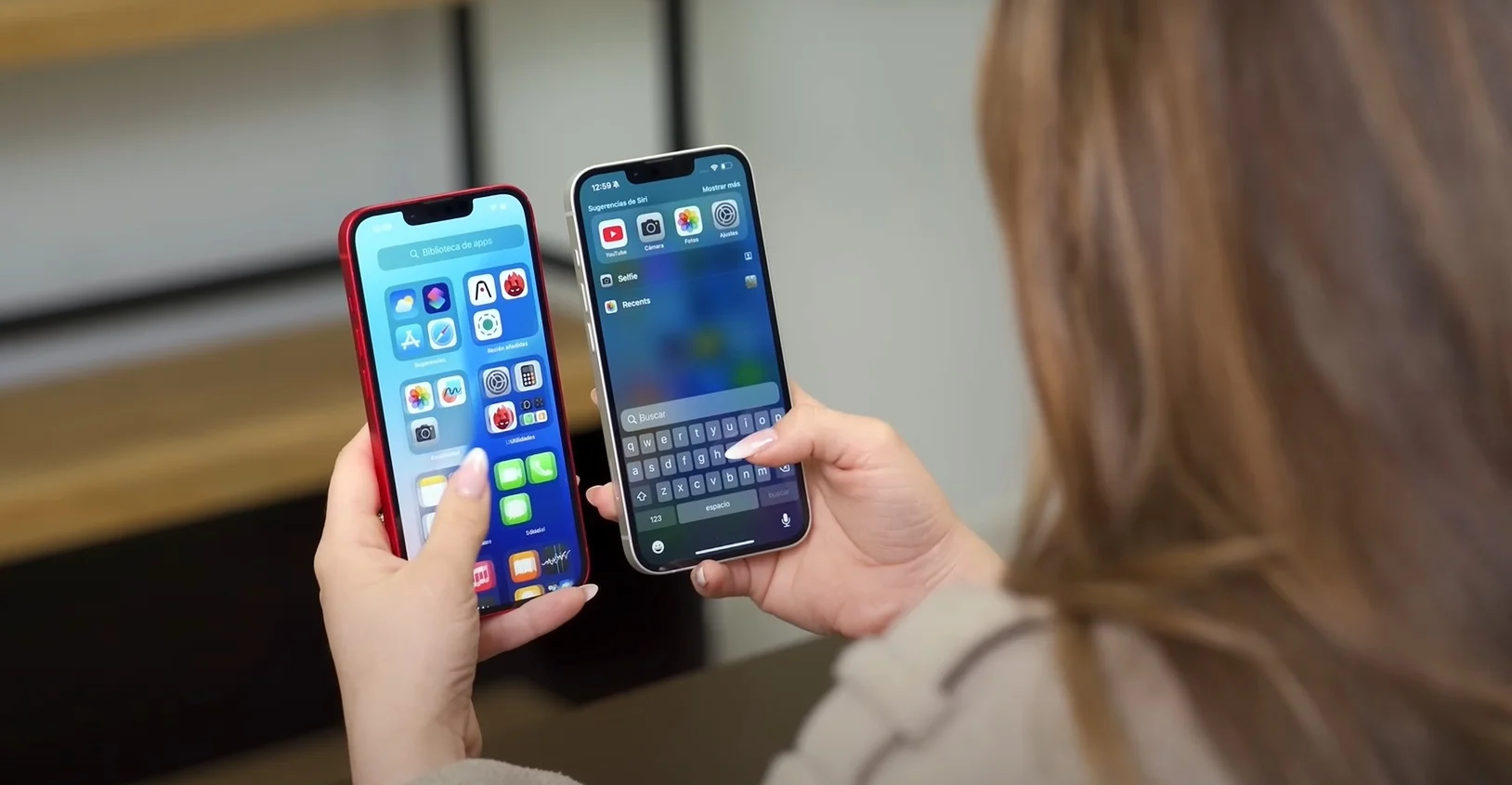
From the outside, the iPhone 16E looks very similar to the iPhone 14, with slightly more curved edges and a more matte finish that makes it less slippery. The most noticeable change is the USB-C port, which feels more like a regulatory obligation than a true innovation.
Everything else—size, weight, button layout—remains nearly identical. Apple retains the same diagonal camera layout, flat screen, and IP68 water/dust resistance.
Verdict: Minimal aesthetic changes. If you liked how the iPhone 14 looked, the 16E won’t impress you—but it won’t disappoint either.
Display: No real evolution
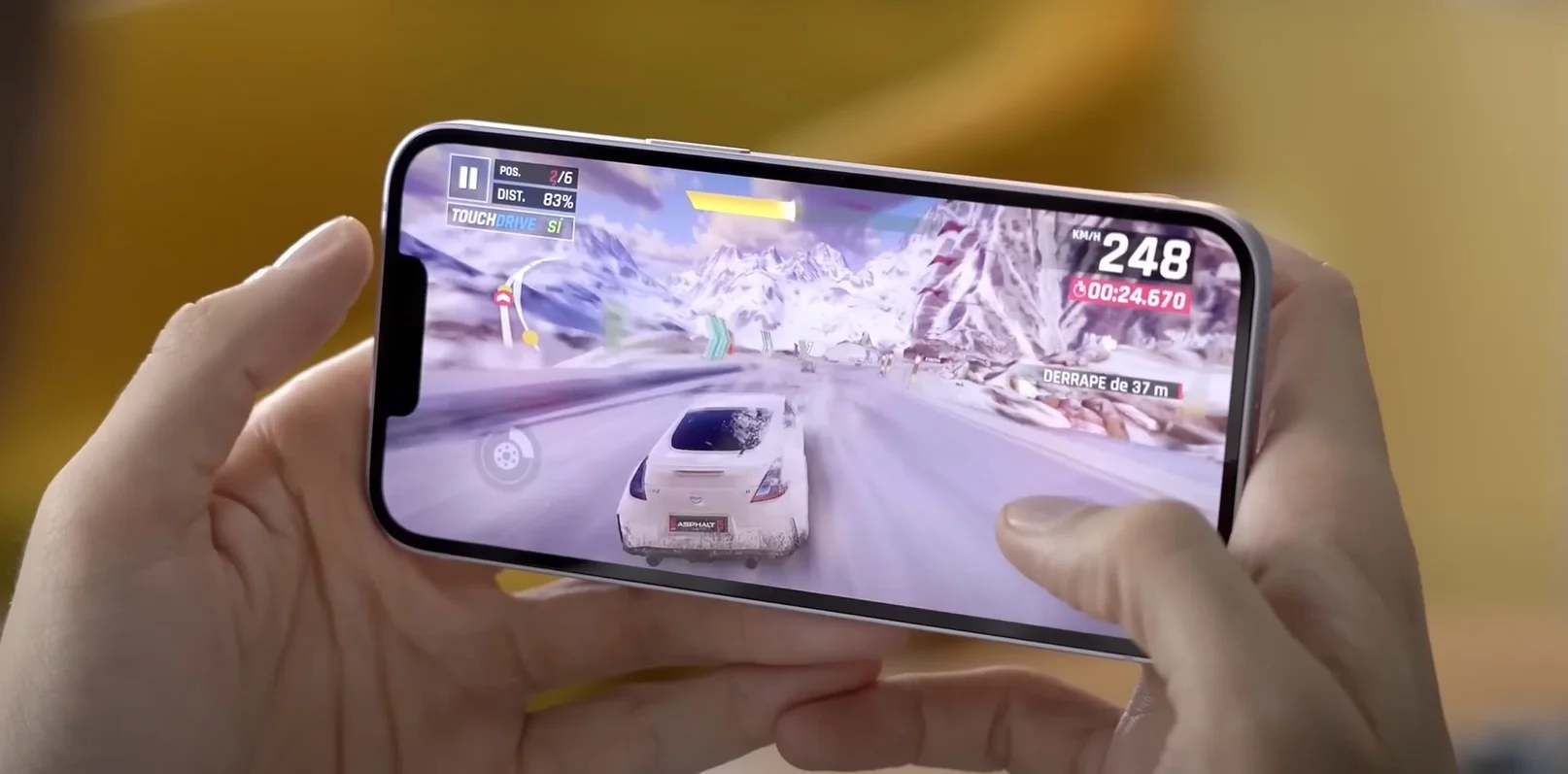
Both phones offer 6.1-inch OLED Super Retina XDR displays with 60 Hz refresh rates. And yes, in 2025, Apple is still shipping entry-level models with just 60 Hz. While Android competitors offer 90 or 120 Hz even at $300, Apple holds back to create artificial product separation.
Display quality is still excellent—high brightness, great color fidelity—but there’s no visual improvement between the 14 and the 16E.
Processor: Noticeable difference or marketing trick?
The iPhone 16E uses a next-gen A17 processor, though Apple hasn’t confirmed if it’s the same A17 Pro from the iPhone 15 Pro or a trimmed-down version. In practice, it offers slightly better performance than the iPhone 14’s A15 chip, especially in graphics and AI tasks.
However, in day-to-day use (social media, photos, messaging apps), you’ll barely notice a difference. The A15 is still fast and efficient. Only power users or gamers might feel a slight edge.
Cameras: Same hardware, new processing
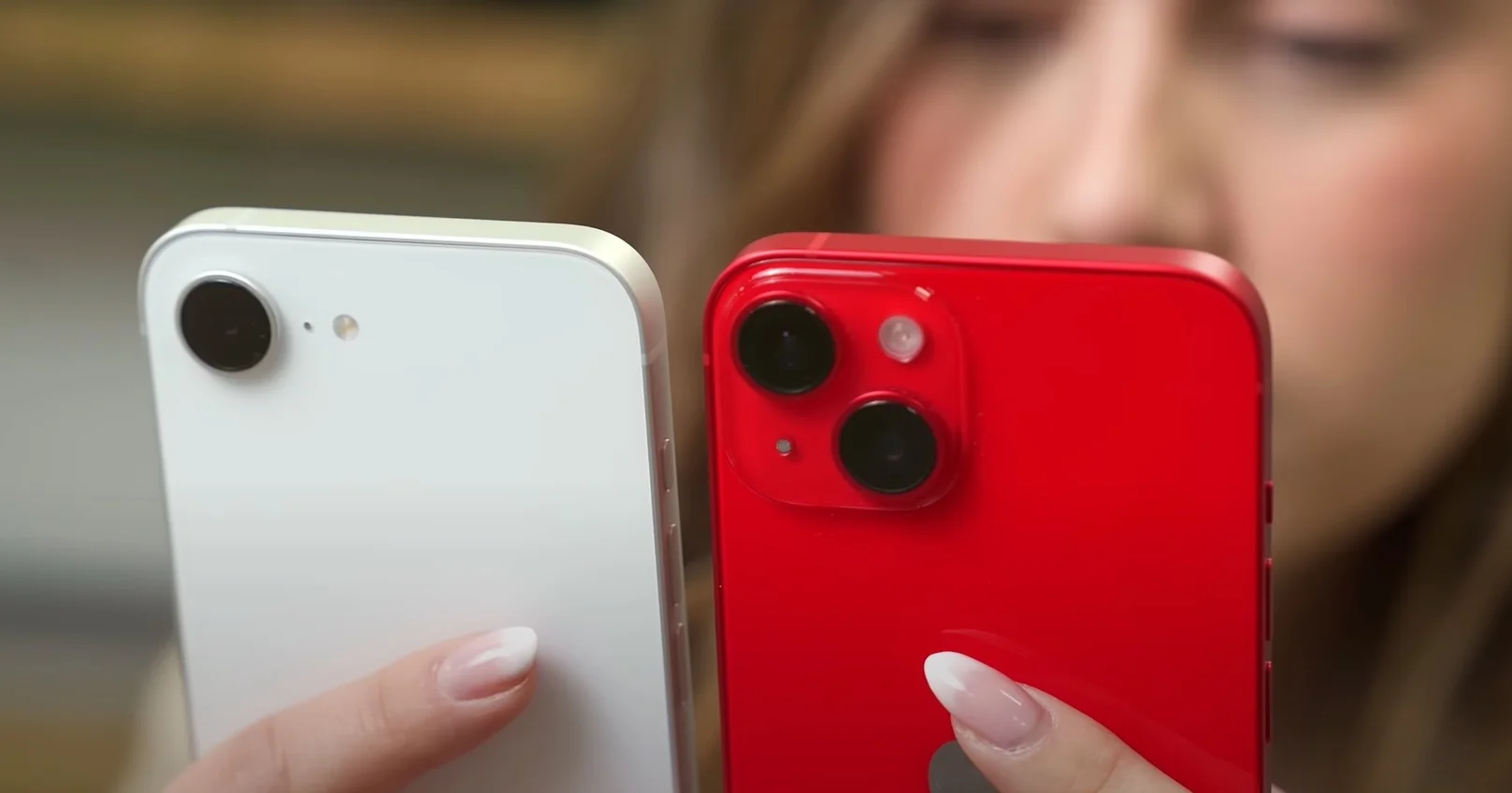
Hardware-wise, the cameras are identical: 12 MP main + ultra wide sensors. But Apple has improved photo processing on the 16E, thanks to the A17’s new ISP and neural engine.
In good lighting, the differences are minor. In low light or high-contrast scenes, the 16E handles tone and noise slightly better.
Still, it’s not a revolutionary leap. If you’re using an iPhone 14, this alone is not enough reason to upgrade.
Battery Life: Same performance, same slow charging
Both phones have roughly 3,300 mAh batteries, offering about 6–7 hours of screen-on time. Apple hasn’t improved charging speed (still 20W wired, 15W MagSafe) or added any fast-charging options.
Bottom line: Battery life is decent, but unchanged. The 16E doesn’t last longer or charge faster than the 14.
iOS and Support: Here’s where the 16E wins
The iPhone 16E ships with iOS 18 and is guaranteed 7 years of full updates, through 2032. The iPhone 14, while still receiving updates, is likely to lose support by 2029 or 2030.
Also, iOS 18 includes more AI-powered features, some of which are limited to A17 chips. This may become more relevant in the long term, especially as Apple enhances Siri and cloud-based services.
USB-C vs Lightning: The most practical upgrade
One of the biggest advantages of the iPhone 16E is its USB-C port, which allows for universal chargers, easier accessory support, and finally ends Apple’s reliance on Lightning.
In comparison, the iPhone 14 feels a bit outdated, even though it remains perfectly functional.
Price and Value: Which offers more for less?
The iPhone 14 now sells for around $549 (or less if refurbished), and remains fast, smooth, and compatible with most current features. For the average user, it offers better value for money.
The iPhone 16E, on the other hand, starts at $699 and doesn’t bring substantial improvements in display, battery, or camera. It’s only worth considering if you want longer support, new AI features, or USB-C.
Is the iPhone 16E worth it?

The iPhone 16E is not a revolution—it’s a minimal evolution. Apple recycled elements from the iPhone 14 and 15 with a few tweaks to meet regulations and refresh the lineup.
Is it a bad phone? Absolutely not. But if you already own an iPhone 14 (or even a 13), there’s no need to upgrade. The differences don’t justify the price.
That said, if you’re new to iPhone and want a future-proof device with USB-C and better support, the 16E is a solid gateway into Apple’s ecosystem.
-
✅ What the iPhone 16E adds: USB-C, slightly faster chip, longer support window
-
❌ What it doesn’t improve: Camera, screen, battery, overall design
-
💰 What the iPhone 14 offers: Lower price, all essential features still intact


